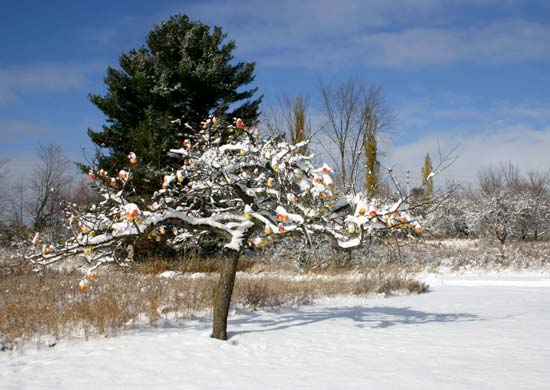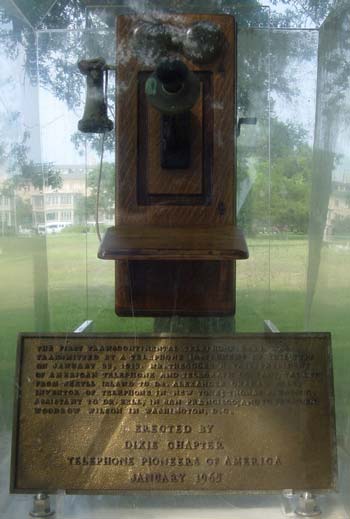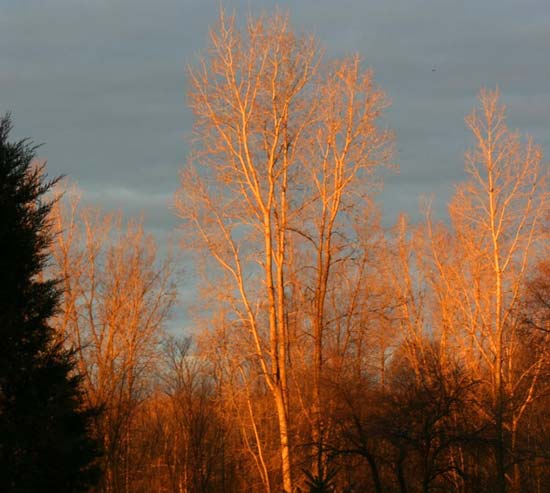Musings

We’ve arrived at That Season, when the streets are alight with the glow cast by layer after layer of branches laden with these blooms. We are in the midst of Cornus florida days….
BTW, the Linnean system designates this plant (according to The Web): Plantae>Magnoliophyta>Magnoliopsida>Cornales>Cornaceae>Cornus florida L.
PS Here’s an idea that didn’t work….

Posted at 9:02 AM |
2 Comments »

FYI, vulture populations in India are way down, suffering a 97% decline over the last 10 years, I understand. The reason? The drug diclofenac, a painkiller widely administered to cattle across South Asia, which is poisonous to the scavengers. In fact, it’s so toxic to the birds that fifty can die from eating a single carcass. These are birds that, however omnipresent they must seem, produce at best only a single egg each year. Without help, odds are against their survival in this region….
Think about India, its ecology, the human overpopulation and wandering cattle. Indeed, scavenging vultures are a key part of Zoroastrian death rituals, where dead bodies are left to the vultures atop towers.
A ban is promised. A replacement drug (meloxicam) is on standby.
And the outcome? For now, we wait. Just like with climate warming….
Posted at 9:09 AM |
Comments Off on Vulture distress


Antenna tree doesn’t decrease carbon levels.
I’ve never heard of The Conservation Fund, but through some now-forgotten web-wandering (perhaps via the press release on that huge new land acquisition by the Nature Conservancy from International Paper?), I discovered their web page, and, even more interesting, a simple calculator for estimating the amount of carbon you and your household are putting into the atmosphere annually based on energy use (electricity, propane, natural gas, petrol, the whole shebang).
I had thought John and I were doing a pretty good job of having low energy usage, and maybe we are for our neighborhood, but the calculator shows it would take dozens of new trees to counteract our carbon production.
Where’s the checkbook? These folks will get them planted for me!
Posted at 9:05 PM |
Comments Off on Airborne carbon
 The plaque reads:
The plaque reads:
The first transcontinental telephone call was transmitted by a telephone instrument of this type on January 23, 1915. Mr. Theodore N. Vail, President of American Telephone and Telegraph Company, talked from Jekyll Island to Dr. Alexander Graham Bell, inventor of telephone in New York; Thomas A. Watson, assistant to Dr. Bell, in San Francisco; and to President Woodrow Wilson in Washington, D.C.
Let’s go back in time. Consider when phones were called telephones, only mounted on the wall, only had cables linking them, and were hideously expensive to use.
No longer!
Afterthought: why is Assistant Watson not a “Mr.”?
Also: visit this monument on Jekyll Island, Georgia.
Posted at 8:06 PM |
2 Comments »

Adjacent lots entirely ravaged by new construction in Atlanta’s Virginia-Highland neighborhood.

You can find lots of neon in the downtown Seattle area, and the NY Times reports that the future of a Wonder Bread sign is up in the air, since the building under it is facing demolition and replacement, in a transition from factory to housing and commercial space.
At the core of this is the age-old problem of what to preserve and what to tear down and replace. Sometimes, we chose to walk away from the old and build anew elsewhere—witness, the abandonment of center-city areas in many US metropolitan areas in the late 20th century. Sometimes, we chose to rebuild in the same locations—hence the buildup of tells across the Middle East.
Right now, there’s a furor in Atlanta over McMansions, new homes replacing early 20th century bungalows and other modest, often one-story residences, bringing looming third stories, shadows, and increased taxes to the neighborhood. The mayor even tried a moratorium on permits to halt this trend, but it was only a blip on the city’s history, as the moratorium was quickly overturned in the face of considerable pressure from builders and many others.
Of course, archaeologists are happy with any choice—replacement, maintenance, or abandonment—which gives us evidence of political, economic, and demographic disruption or continuity.
Posted at 9:08 PM |
Comments Off on Neon harbinger

Yesterday’s Cousin Party was a moderate success, the drawback being that the oven took forever. We had great fun and lots of laughs, and that’s the best!
I love the colorful early- or late-day light, the Golden Hour I understand Hollywood calls it. In perhaps the brightest, least overcast moment since I arrived, the sun lit the unremarkable fenceline trees, enrobing them in grandeur.
A university acceptance person on the decision not to rely heavily on standard testing: Ultimately we concluded that testing was an artificial indicator of success and that intelligence is more multifaceted and complex than what can be measured by any single testing system.
Posted at 8:27 AM |
Comments Off on In motion

Yeah, this is from a while back, but we had ALMOST this much!
Yesterday was a day of snow with no accumulation, yet we awoke today with a fresh mantle of that precip on the ground, not enough to cover the grass, but still, a new white coat upon the landscape. I see no snow in the air, so this may be all we get!
Peace, of a sort, reigns.
News flash: cousin party tonight!
Posted at 9:18 AM |
Comments Off on White world

In memory of Jack Finlayson: 9 May 1919 to 23 March 2006
Big fat soft snowflakes are drifting down, but upon meeting the unfrozen ground, they melt, leaving us with water not fluff.
Posted at 9:17 AM |
Comments Off on Drifting snowflakes

Code-share Delta got me to clouded-over southern Michigan right on schedule yesterday, winging me to the joys of post-snow winter.
I had forgotten that yard-grass, after the snow lifts, looks smooshed and, if I can anthropomorphize, like it’s depressed. It’s almost as bad as looking at grey banks of old snow.
Posted at 9:21 AM |
Comments Off on Southern Michigan

Which layer of visual reality to focus on? Fish or sky? Well, this was yesterday and today’s just too darned busy to go back and reshoot this. I’m sure you get the sense of the moment, though.
John told the fish, “Don’t be coy!”
Here’s a new and growing web page to check out. My neighbor is an incredible photographer—a professional, not a hacker like me!—and Diane’s opted for early retirement and is taking her pictures to a browser window near you. Now I know why she says she’s having a hard time picking just a few images for the web page!
These days I learn about Georgia natural history, both floral and faunal, from Diane and her husband, Felix. Indeed, we’re hoping to nail down a date for a walk in the mountains next month….
Posted at 11:40 AM |
Comments Off on Images, images





 The plaque reads:
The plaque reads:





